I’m always disappointed that my urban acquaintances know very little of the suburbs surrounding their city. But I’m never more disappointed than when urbanites spout clichéd opinions about suburban living.
Get Started for FREE
Sign up with Facebook Sign up with X
I don't have a Facebook or a X account
 Your new post is loading... Your new post is loading...
 Your new post is loading... Your new post is loading...
Alec Castagno's curator insight,
October 3, 2014 1:21 PM
The pictures show the deep divide between rich and poor in Mexico. These settlements are built to the point where luxurious condos share a wall with decaying slum housing. The roads do not connect the areas, showing how these places were constructed separately by to distinctly different communities. While the proximity between sections shows that sights, sounds, and smells most likely carry across the two sections, the rich area looks as if it has no idea what lies directly beyond their walls. The fact that the rich areas are literally walled off from the rest of the surrounding area says a lot about the deep economic divides found around the world today.
Alyssa Dorr's curator insight,
December 16, 2014 9:02 AM
Right away from looking at this picture, you can tell which side is which. I didn't even have to read the article yet to find out where the wealthier people lived and where the not so wealthy lived. The colors stood out the most to me. In the picture on the left, it is clear that this is the not so wealthy part in Mexico. The color is just filled with dark and gloominess, mostly shown in gray. The houses are also pushed very closely together. On the right side, it appears that this is the richer side of Mexico. Although the houses are closer together like the picture on the left, they are colorful. They have firm built roofs and appear to be built and taken care of much better. Something else that gives you the sense of which community is more rich is the cars. There is a whole line of cars in the right picture while in the left picture we see a few here and there. The right picture also illustrates lawns. We slightly see some grass in the left, but it is clearly not as well taken care of as the lawns in the right picture. This picture was done as an advertisement to draw attention to the gap between the two different communities. The campaign goes by the name "Erase the Differences" and hopes to get people to realize the differences in poverty that are right in front of them.
Jacob Crowell's curator insight,
September 25, 2014 5:35 PM
Gentrification deals with the forcing out of lower income residents and making space available for the more affluent. The re-naming of Fish in the 'Hood shows how gentrification forces the culture of entire communities to change. Although this restaurant was popular before, they were forced to re-brand so they can stay in business. Gentrification exiles the poor, with that their culture. This restaurant shows that, as more upscale business open up to service the needs of more affluent citizens, any business that has the perception of being the contrary will soon be out of business. This matters because it shows how gentrification destroys communities image, and culture for the sake of increasing revenue and real estate value. What is exhibit here is not only a socio-economic shift but also a racial shift as well. This neighborhood was predominately African American before it began to gentrify, "The 'Hood" is a saying that correlates with African American culture. This restaurant's re-branding shows that they no longer can continue to bring in customers with a name that is part of the African American vernacular. Furthermore, it shows the racial trends that go with gentrification where minority culture is pushed out as more money flows in.
Emerald Pina's curator insight,
May 25, 2015 11:15 AM
The article talks about a restaurant called Fish In The NeighborHood, with emphasis on Hood, that has not been affected by the gentrification that has happened in the area. He still refers to the area as "Hood" even with all the newly built building. The article also describes the process of the gentrification, and people's opinions on the name of the restaurant compared to the area.
This article relates to Unit 7: Cities and Urban Land Use because it explains the idea and process of gentrification. It gives an example of how some buildings are unaffected by the gentrified area. 
Savannah Rains's curator insight,
May 27, 2015 2:50 AM
this article is taking the time to plainly spell out what gentrification is and where it is happening. Gentrification means the taking of lowe class land and making it more valuable to try and boost the overall way of life in that area. Most people are blind to this system and should take the time to learn about it. |
Shane C Cook's curator insight,
May 27, 2015 5:57 AM
Another testament to why gentrification is effective yet harmful to the political status of a country or area, not producing accurate results to fit the people's needs.
Timothée Mariau's curator insight,
December 13, 2015 12:28 PM
Cet article parle de la gentrification dans le quartier d'Highland Park à Los Angeles. Ce quartier est un quartier avec une population majoritairement hispanique est constitué durant les dernières années une enclave résidentielle pour les habitants. Ce quartier était un symbole de la ségrégation raciale que connaissent une partie des villes américaines avec une concentration d'une seule population d'une seule origine ethnique dans le même quartier sans mixité sociale. Mais ces dernières années le quartier a été touché par un processus de gentrification qui a été plutôt bien accepté par les populations du quartier car cela a apporté de la mixité sociale dans le quartier avec l'arrivée de populations plus aisées provenant de différentes communautés et qui ont également créé des commerces dans le quartier. Cette gentrification qui est la plupart du temps vue d'un mauvais œil par les anciens résidents du quartier est ici acceptée car elle bénéficie en partie à la population du quartier, de plus la communauté hispanique est très importante culturellement et le fait savoir. Il y a donc une intégration des nouveaux arrivants mais en gardant tout de même l'identité originelle du quartier qui est très forte.
Andrea J Galan's curator insight,
February 23, 2016 12:24 PM
Andrea's Inshight: I feel like the author is trying to make himself sound a little bit above the "barrio" when he says "multiethnic mount Washington". And then continues by sarcastically mentioning the charms and dysfunctions of the neighborhood. At first I was put off because I've never viewed HLP as a barrio. When I see that word I think of a ghetto slum. Which I don't think my nieghboorhood ever is. I've always viewed it as a working class neighborhood. I just dont like the barrio I think it puts a negative connotation towards the neighborhood.

Tony Aguilar's curator insight,
December 1, 2013 12:29 AM
This article demonstrates that there are so many places around the world yet to visit and it is important to plan and save as soon as possible becuase seeing all the beautiful cities of the world ma ytake several years, so preperation in is a must, From Cities in Asia, to Paris, London, Russia and Turkey you will be able to travel on festive dates and examine the landscapes that define these beautiful metropolises. From Cathedrals, to Big Ben, and Haggia Sophia in Instanbul, one will be marveled by the multicutural beauty and night life that exists around the world 
Helen Rowling's curator insight,
December 1, 2013 8:18 PM
Gr8 immersion of stories of lives in other countries. 
Tony Gough's curator insight,
December 9, 2013 6:09 AM
Travel the world and read the short stories to learn more!

megan b clement's comment,
December 16, 2013 12:41 AM
Gentrification has both positive and negative affects on the city. I believe that it is beneficial for a city to take older buildings and utilize them or flip them into malls or financially beneficial businesses for their economy. But on the other hand you are taking people who were living in these areas with low rent and after you flip these buildings the rent is going to rise substancially. Therefore these former residents cannot afford to stay in the apartments and have to relocate their homes. Its hard to pick a side.
|




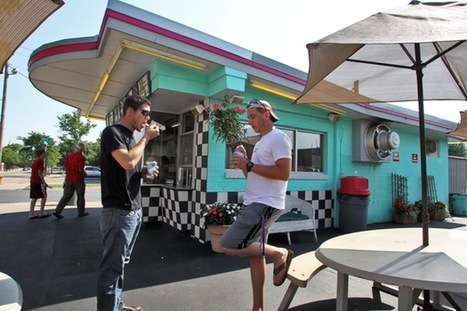

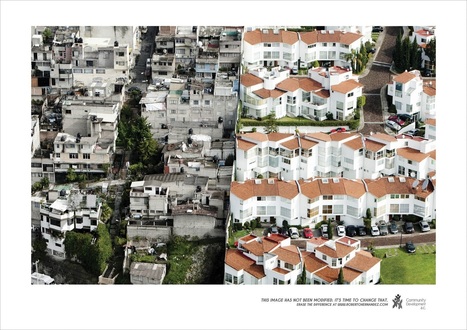

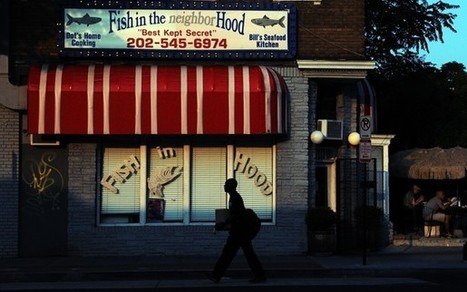
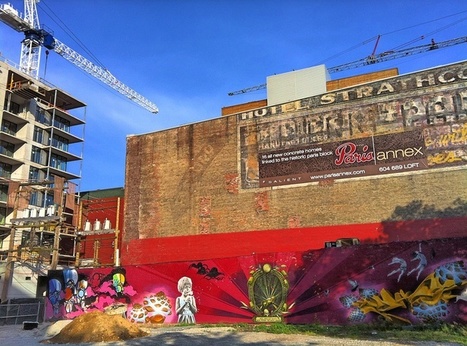
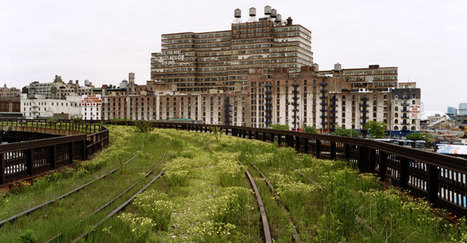

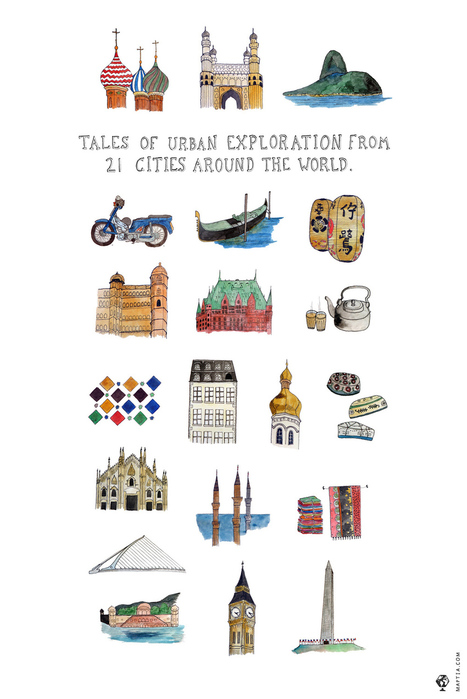


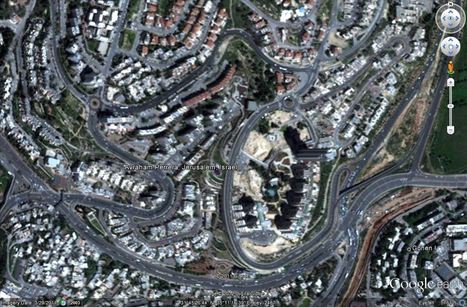





Perspective on suburban life